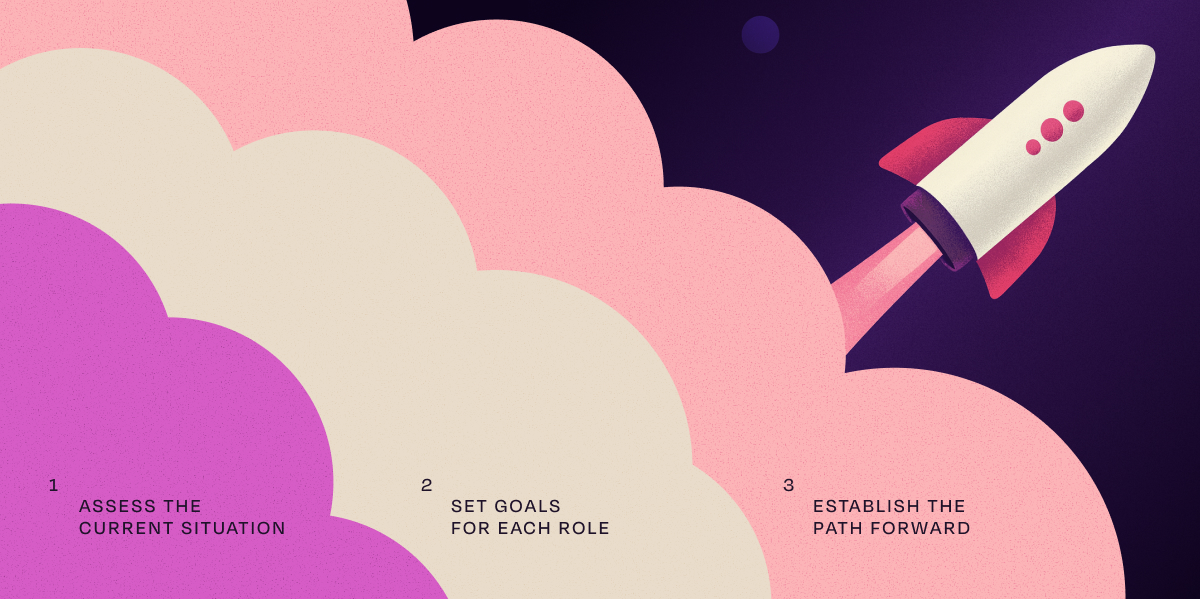When an employee doesn’t have a specific skill they need for their role, we know what needs to be done. The employee takes an assessment to verify their current skill level; they follow a prescribed learning path to fill in the gaps as quickly as possible; they reassess to confirm they’ve reached the level they need.
But what happens when everyone needs to fill the same skills gap at the same time? How do you develop your workforce in a domain that is almost unfamiliar to your entire organization?
Just over a year ago, we saw a great example of this with the sudden arrival of generative AI and tools like CoPilot and ChatGPT.
Seemingly overnight, teams and employees around the world were given access to a completely new, highly powerful tool for their workflows. While some organizations have taken a “trial and error” approach, allowing employees to effectively experiment with the technology and then report back on the results, other organizations recognized the need for focused, disciplined upskilling.
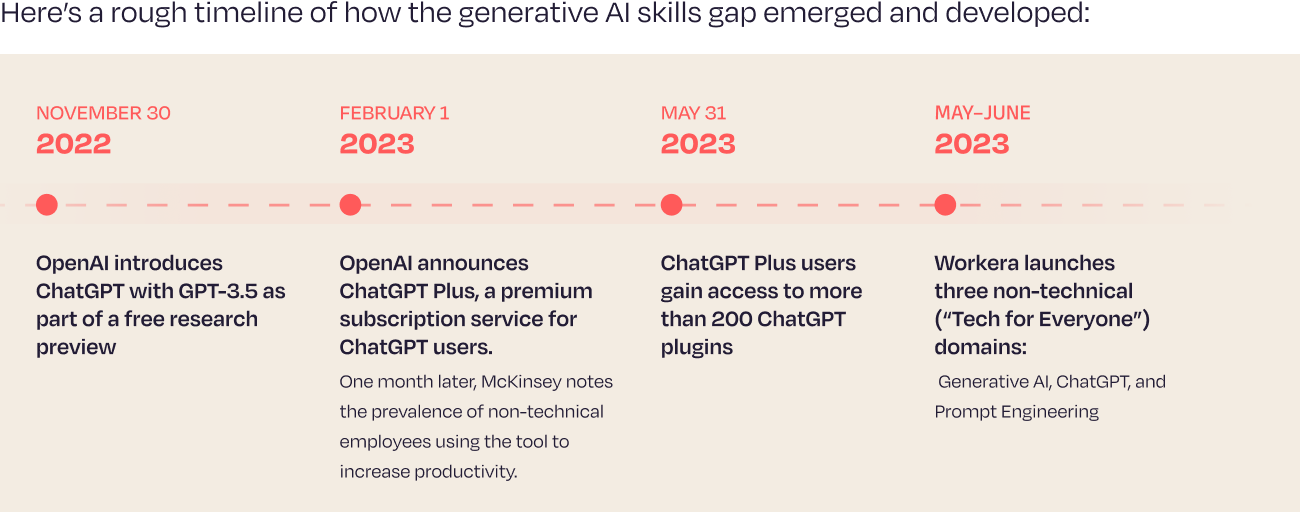
The Workera team recognized that tools like ChatGPT would be used by large segments of the population — not just those with strong technical backgrounds. As a result, the team developed “Tech for Everyone” domains which could be studied and applied by employees across an organization. Here’s how we tackled this widespread skills gap, what we learned in the process, and what it means for the future of disruptive technologies.
Developing new skills domains
When ChatGPT came onto the scene, it felt like a groundbreaking new technology. But while “ChatGPT”, “Prompt Engineering” and “Generative AI” were new concepts, many of the underlying skills needed to use them were not. Nobody was actually starting from zero.
At Workera, “domains” are carefully defined learning categories that contain a number of subdomains, topics, subtopics, and highly precise, individual skills. When developing domains to be deployed across all Workera customers, our team of psychometricians must choose the different subdomains, topics and skills that will add up to the domain itself. This requires careful planning, modeling, execution and adjustment, but the end result is a detailed skills ontology that allows the end user to draw conclusions about how best to upskill their workforce.
Here is an example of how the Generative AI domain breaks down into subdomains and skills:
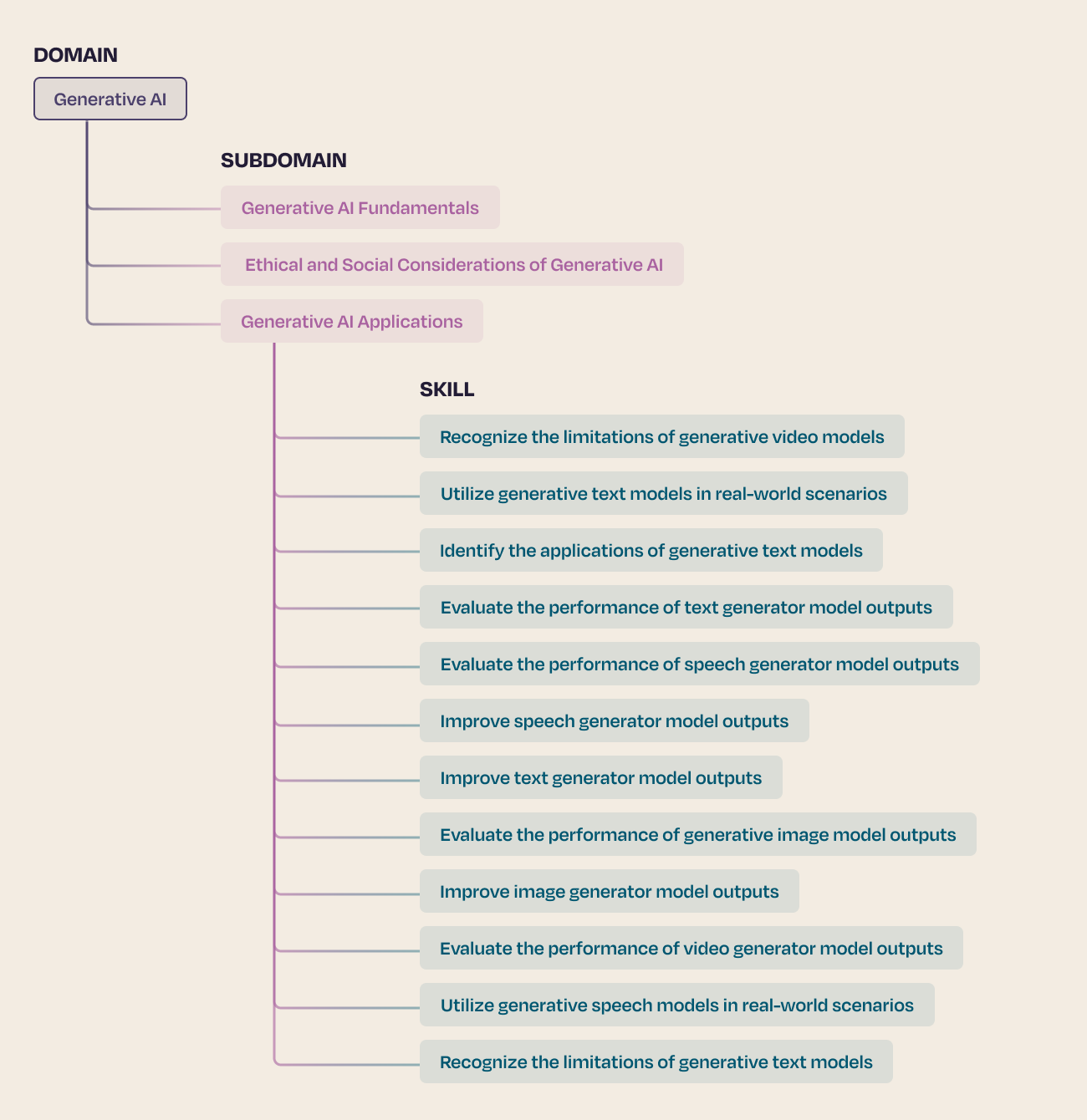
Workera developed the beta version of this domain, together with the ChatGPT and Prompt Engineering domains, in less than one months. We then deployed the new domains with 15 of our customers and more than 2,000 total users.
Deploying new domains and upskilling
As companies began using the new Generative AI and ChatGPT domains, they quickly gained insights into the current skill levels of their employees. The domains saw rapid engagement: during the summer of 2023, generative AI and ChatGPT quickly became popular topics for upskilling challenges.
In their first assessments using Workera’s computer adaptive testing (CAT), 62% of users were already considered Accomplished in Generative AI; 22% were Developing; and 16% were Beginning. For ChatGPT, the numbers were slightly weaker: 56% Accomplished; 22% Developing; 22% Beginning.
The results of this initial CAT reflect the fact that no one came to GenAI and ChatGPT with a blank slate: every user had some level of knowledge and proficiency that could be applied to the new technology, and a majority of those who used Workera were already Accomplished in the domains. The initial results also offered insight into which skills are more difficult to acquire. In the Generative AI domain, users performed well in the “Generative AI Applications” subdomain; 68% of users verified strong performance in skills like “Identify the applications of generative text models” and “Evaluate the performance of generative image model outputs.” Users had a more difficult time with the “Ethical and Social Considerations of Generative AI” subdomain, in which just 56% of users verified strong performance.
For each user who completed an initial assessment, Workera prescribed a personalized learning path to either help them close their skills gap or — for those who were already Accomplished — achieve best in class performance. Users who completed an initial assessment, studied, and then reassessed improved their scores by an average of 59%.
What does that mean in practice? An employee with Beginning proficiency in Generative AI or ChatGPT could close the gap and become Accomplished in less than two months of learning.

The takeaway from our experience with these two domains is worth repeating: even when having to learn breakthrough, never-before-seen technologies, Workera can empower users to close their gaps in rapidly emerging skills in less than two months.
Taking on future skills gaps
What can we learn from the experience with building and using these new domains?
- Look beyond the hype to the underlying skills: Many organizations were caught off guard by the new technology and took a broad, experimental approach to deploying generative AI. The results of our initial skills assessments show that companies could have moved faster by verifying the abilities of their workforce and then using experts to drive progress. Even when a technology is new and innovative, there are likely many established skills that are already relevant.
- Establish a culture of learning and improvement: Expertise in an individual skill is important, but what matters even more is the ability to learn quickly. Organizations that develop a culture of learning — and increase their learning velocity accordingly — will eventually be able to outpace even the most advanced competitors. A business with a strong learning velocity will be able to take on any emerging technology with ease.
- Assessment and reassessment are fundamental to progress: To improve the overall skills of your organization, you need a clear sense of where you’re starting and where you’re headed. Upskilling and reskilling were the key actions to increase generative AI talent over the past year — that could only be achieved through consistent assessment and dedicated learning.
To learn more about Workera’s approach to skills development, I recommend our five-part series on skills-based organizations by Kian Katanforoosh.
To learn more about Workera’s approach to skills development, I recommend our five-part series on skills-based organizations by Kian Katanforoosh.
Read more in our FREE ebook, 'A Leader's Guide to Generative AI Skills in the Workplace'.
Access the full data we gathered from our survey of how and why organizations are using generative AI right now. Find out which tasks are the most productive when using generative AI, which tasks are the least productive - and how leaders can stop generative AI skill gaps in their teams from derailing business transformation.
{{cta('7b8658f9-58c1-4303-bcf4-aae85fafd076')}}
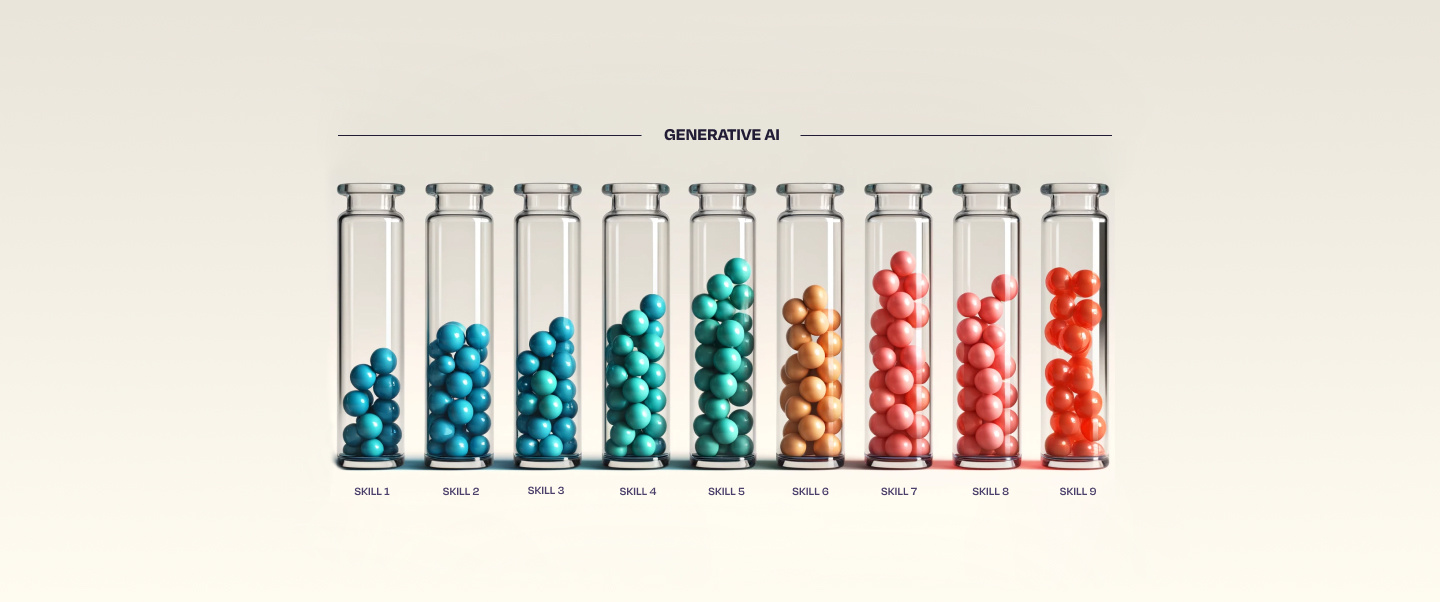

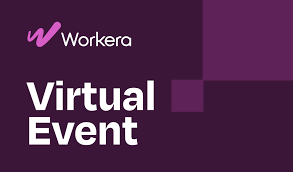
.jpg)


